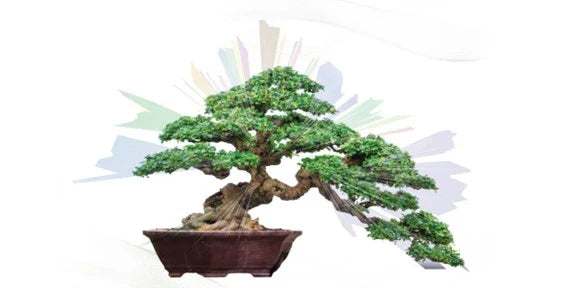How Metagenomics Can Reduce Food Recalls
Next-Gen Food Safety
From the Chipotle E. coli outbreak in 2016, to the nation-wide romaine lettuce recall of 2018, food safety events often make headlines – and for good reason. Even though the US Department of Agriculture (USDA) and the Food and Drug Administration (FDA) monitor the food supply chain on a regular basis, it is estimated that 48 million Americans still contract some form of food-borne illness per year 1. This is partially due to testing and recalls being reactionary, rather than preventative.
In fact, current approved screening and detection methods utilize culturing techniques that can take up to five days to produce a result. Traditionally, these methods involve taking a sample and growing it in a culture dish to test for Salmonella, the pathogen most commonly associated with food recalls 2. However, food suppliers are beginning to utilize modern microbiome-based surveillance techniques to detect all microbes in a sample, including contaminants. Applying these powerful technologies to testing early in production shows promise to prevent costly food recalls and increase the protection of public food safety.
Farm to Table
Researchers from IBM and Mars, Inc. are taking the lead on microbiome-based food safety with the creation of the Sequencing the Food Supply Chain Consortium (SFSCC)3. The goal of this organization is to modernize global food safety and best practices by employing Next-Gen Sequencing and microbiome profiling at each step in the food supply chain, from the farm’s soil to the supermarket 1, 3. To aid in their long-term study of poultry safety, SFSCC has compiled a reference microbiome for poultry free of pathogens, using whole genome sequencing. This reference microbiome can then be used as a proxy for potential pathogens in a batch of poultry meat. During this study, a baseline microbiome emerged that is seen in most poultry samples, and a sudden shift in this baseline would indicate the presence of a potential pathogen 1.
Using these methods, these changes can be detected at any stage of the food handling chain, from farm to consumer. With whole genome sequencing, researchers and food safety monitors have identified not only Salmonella, but hundreds of other organisms and serotypes of bacteria that may cause disease. With this ability to detect more pathogens earlier in the food production process, food safety may be at a point of a great paradigm shift from reactionary food recalls to more preventative and proactive measures to keep more people safe.
Although the technology is still in the developmental stage, many advances in microbial identification have been pushed forward by the unceasing effort of scientists around the world. Additionally, with the ability to affect consumer health, it is critical for NGS-based food safety to accurately identify potential pathogens. This study conducted by SFSCC highlights the importance of well-defined microbiome reference materials by developing a poultry reference in-silico. By advancing these techniques it may be possible to one day apply these methods for all food products and hold food safety monitoring to a higher standard.
Learn more about the microbiome standards & controls from this blog:
Learn MoreReferences:
1. Beans C. Inner Workings: Companies seek food safety using a microbiome approach. PNAS 2017, 114 (51): 13306-13308.
2. Smith C. Testing for Food Contamination. Biocompare.
3. Consortium for Sequencing the Food Supply Chain.


